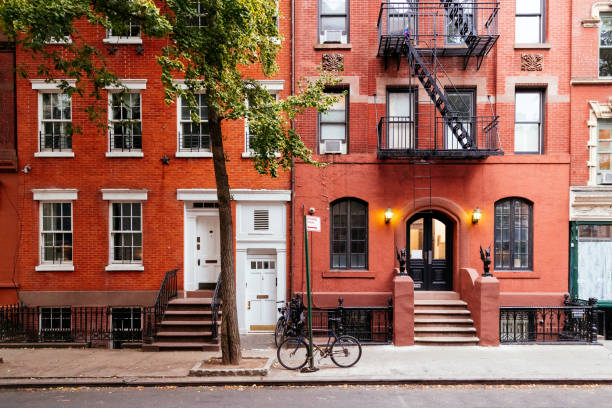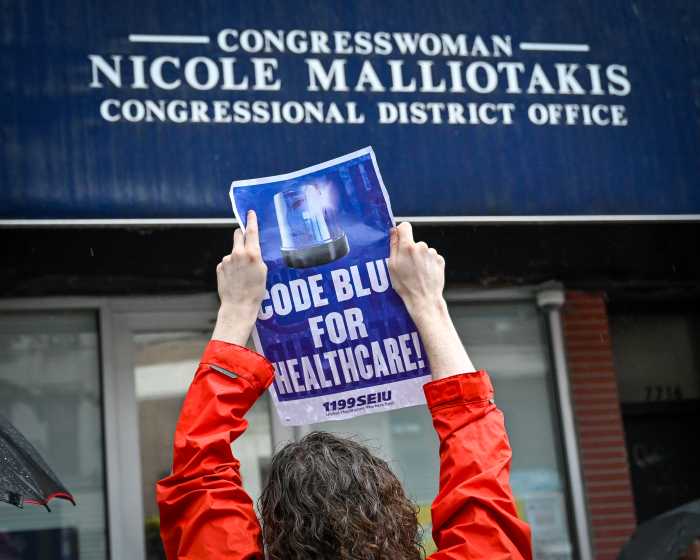
Welcome to pothole perdition. Plagued by blown tires, cracked axles, shattered shocks and ruined rims, weary city drivers may be forgiven for suspecting that winter has cursed them and government has given up trying to help.
Most winters are bad, but this one is ghastly. So far this year, the city has filled 136,000 potholes — and our streets still look as if they’ve been strafed by enemy aircraft.
The city’s shovel brigade should step up the pace.
Then we need solve this problem — with a road system rebuilt to 21st century standards.
That would give us highways where traffic actually moves and streets that don’t destroy cars. The downside is that any real solution will require years of planning, eons of construction and untold billions. But we have to do it.
Start with the expressways. Modern interstates require a bed of concrete 16 inches thick to withstand a constant pounding they get from 18-wheel tractor-trailers and, in the winter, from ice. But many of New York’s highways were built in the mid-20th century, when 10 inches was standard. They’re the first ones to come apart when the going gets tough. We need to rebuild them.
The city’s ancient asphalt streets are another problem. They’re porous, so water seeps in, freezes and expands. A thousand potholes are born.
Compounding the dilemma on all surfaces are trucks.
Tens of thousands of them rumble into the city daily, and they’re especially hard on roadways in freezing cold and rain. Each big truck is the equivalent of thousands of cars in terms of road wear and tear, AAA New York says.
And because our rail-freight capacity is limited by water, the city relies way too much on tractor-trailers.
The result is the Cross Bronx Expressway, where huge rigs roll off the George Washington Bridge and turn the surface into something resembling a lettuce shredder.
For a century, planners have talked about building a freight-only rail tunnel to the city. That’s a great idea, but a heavy lift. If it’s not feasible now, we need to find other ideas. Our streets and roads are falling apart.


































